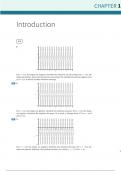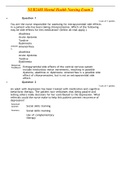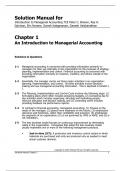Tentamen (uitwerkingen)
Solution Manual For Elementary Differential Equations and Boundary Value Problems, 12th Edition by William E. Boyce, Richard C. DiPrima, Douglas B. Meade Chapter 1-11
- Vak
- Instelling
- Boek
Solution Manual For Elementary Differential Equations and Boundary Value Problems, 12th Edition by William E. Boyce, Richard C. DiPrima, Douglas B. Meade Chapter 1-11
[Meer zien]













